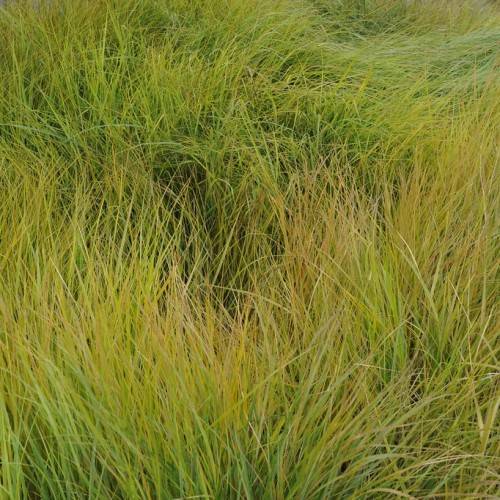
New Zealand wind grass
Anemanthele lessoniana
Also Known As - wind grass,pheasant grassCycle:
Herbaceous Perennial
Watering:
Average
Hardiness Zone:
7
Flowers:
Flowers In Summer
Sun:
Filtered shade, Full sun, Part sun/part shade
Soil:
Well-drained
Fruits:
Fruits In Summer Ready In Fall
Leaf:
Yes
Growth Rate:
Moderate
Drought Tolerant:
Yes
Salt Tolerant:
Yes
Care Level:
Medium
watering
New Zealand wind grass (Anemanthele lessoniana) should be watered regularly throughout the growing season, from spring to autumn. Water needs depend on the climate and soil type, but generally the grass should receive 1-2 inches of water every week during the growing season. In dry climates, more frequent watering may be needed. During hot spells, the plant may need additional water. Reduce the frequency of watering in the winter months. When the plant is actively growing, water the plant deeply and allow it to dry out in between watering. Providing too much water can cause fungal diseases. New Zealand wind grass can handle some drought, but may die if deprived of water for too long.
sunlight
New Zealand wind grass (Anemanthele lessoniana) grows best in full sun. This is a tough plant species that can take more sun than other plants and can evenish tolerate some shade during certain times of the day. It loves direct sunlight, making it ideal for a sunny border or bed. This plant should be placed in the sunniest spot in the garden with at least 8 hours of direct sunlight each day. In more shaded areas, midday and afternoon sun will be best for this plant, while in the sunniest areas, morning and early evening sun should suffice.
pruning
Pruning New Zealand wind grass (Anemanthele lessoniana) should be done each spring in very late winter or early spring, just before the new growth begins. Pruning should be done prior to the plant becoming too unwieldy and in need of drastic cutting back. To promote new growth, prune the entire plant back by 1-third to 1-half of its previous size. This will help create a bushier plant with a denser texture. Cut back very long stems to the desired length and shape the plant to your specifications. Removal of old, dead grass foliage will also help promote a healthy lush appearance.
